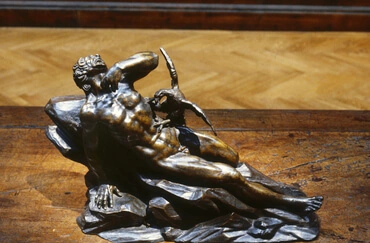Transparency is needed to sort things out. Before big change happens, God first reveals what’s really going on.
In the Book of Revelation - the last book of the Word - the apostle John describes a series of apocalyptic visions that he experienced during his exile on the Isle of Patmos, in the Aegean Sea.
In one of these visions, he saw four horsemen, the first riding a white horse, the second a red horse, the third a black, and the fourth - named Death - riding a pale horse. These "Four Horsemen of the Apocalypse" - oft-pictured - are described in Revelation 6:1-8.
What do these horses, and their riders, represent? What do they have to do with us, today? Watch as Curtis Childs and Jonathan Rose explore the hidden Bible meaning of the Four Horsemen in the Book of Revelation, in this video from the Swedenborg and Life Series, from the Swedenborg Foundation.
Plus, to go straight to the source, follow the links below to the places in "Apocalypse Revealed" where Swedenborg explained the inner meaning of this famous Bible story. A good place to start would be Apocalypse Revealed 298.
(Odkazy: Apocalypse Explained 315; Apocalypse Revealed 262-263, 301, 306, 314, 316, 320, 322-323)







